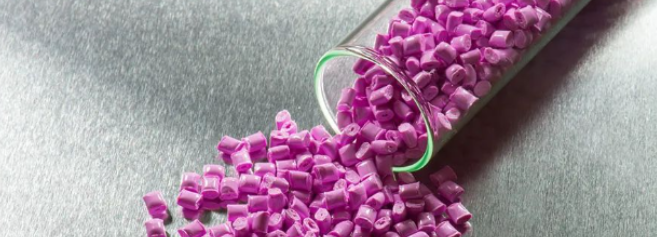August 23, 2024 – Color Masterbatch, a specialized coloring agent for new polymer materials, plays a pivotal role in the chemical industry. But what exactly is color masterbatch? What are its essential components, classifications, and grades? Let’s delve into these questions.

Color masterbatch, also known as color concentrate, consists of pigments or dyes, carriers, and additives. In simple terms, it’s made by uniformly dispersing an exceptionally high concentration of pigments or dyes into a resin. This material boasts a remarkable tinting strength, far exceeding that of the pigment itself.
The fundamental components of color masterbatch primarily include pigments or dyes, carriers, dispersants, and possibly other additives. The pigments or dyes provide the crucial color element, while the carrier, often a resin similar to the product resin, ensures optimal compatibility. The dispersant aids in the uniform distribution of pigments and prevents their re-aggregation.
Color masterbatch comes in various classifications based on the carrier, such as PE color masterbatch and PP color masterbatch, or by application, like injection molding color masterbatch and blow molding color masterbatch. Additionally, color masterbatches are graded to cater to different product needs.
Using color masterbatch offers numerous advantages, including enhanced pigment dispersion in products, maintained chemical stability of pigments, guaranteed color consistency in products, protection of operator health, and environmental cleanliness. Furthermore, it simplifies the production process, conserves energy, and reduces production costs.
However, there are a few considerations when using color masterbatch. Determining the appropriate usage ratio is crucial for achieving the desired coloring effect. When calculating the cost of using color masterbatch, its weight should be deducted. Although using color masterbatch typically increases product costs, it can sometimes generate profits in specific scenarios. Moreover, apart from ABS and NY color masterbatches requiring drying, most others can be used directly without drying. These masterbatches can be stored for extended periods, with the pigments remaining enclosed, preserving their effectiveness over time.
According to the Color Masterbatch Industry Network, the application areas of color masterbatch are continually expanding with the ongoing development of the chemical industry. Currently, color masterbatch is widely utilized in various processes such as injection molding, blow molding, and spinning, offering convenient and efficient solutions for coloring plastic products. In the future, with advancing technology and increasing market demand, the color masterbatch industry is poised for even broader growth opportunities.














